HLD Dresden.
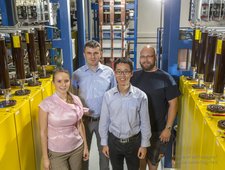
Published on Mar 2, 2018.
I am a second-year PhD student at the Dresden High Magnetic Field Laboratory (HLD). During my time as a Master student at the Taras Shevchenko National University of Kiev, I had the opportunity to perform some key experiments at the University of Konstanz, where I was impressed by the excellent scientific environment. Being given the opportunity to pursue my PhD research at the HLD, I honestly can say that I loved it from the first glance. Having always felt myself as an experimental physicist, I was and still am very excited about the superb instrumental infrastructure that allows to perform experiments on tiny samples at extremely low temperatures and in very strong fields, generated by superconducting magnets and the pulsed-field installations of the HLD.
My research is focused on low-dimensional quantum spin systems with strong magnetic frustration, yielding new and exciting ground states in high magnetic fields. The exploration of these new states of quantum matter is very important not only for fundamental research (as acknowledged by the 2016 Nobel Price in Physics), but also for the understanding of several topical phenomena, such as unconventional high-temperature superconductivity, that emerge from complex electronic interactions. As an experimental technique, I mostly use nuclear magnetic resonance (NMR). NMR is a powerful probe to get microscopic insight into magnetic and electrical materialproperties. With our instrumental setups, we can cover a wide range of temperatures, down to less than one degree above absolute zero, and magnetic fields up to beyond 90 Tesla. Our NMR team is multinational and very amicable, and we often pursue a coordinated approach to reach our goals in the experiments. Also, I get in regular contact with external users of the HLD, which stimulates a lot of fruitful discussions, often helping to generate new ideas for my own research.

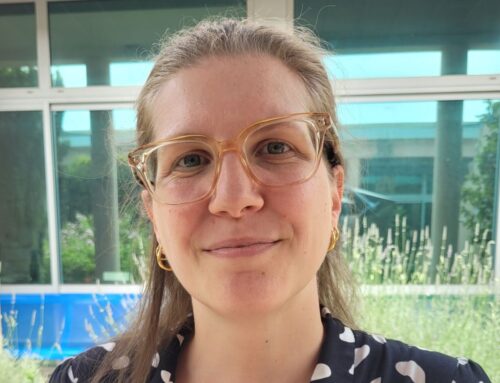
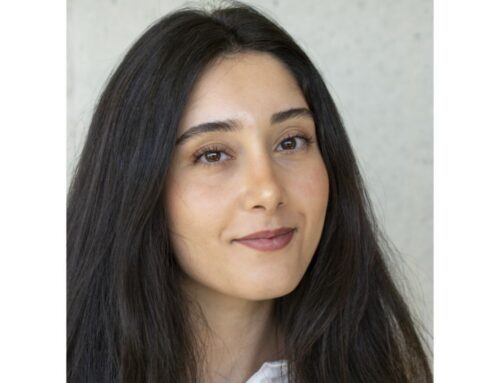

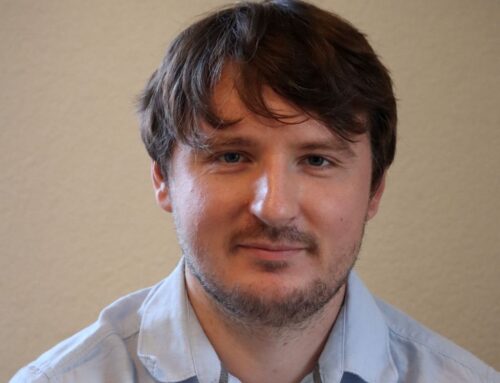
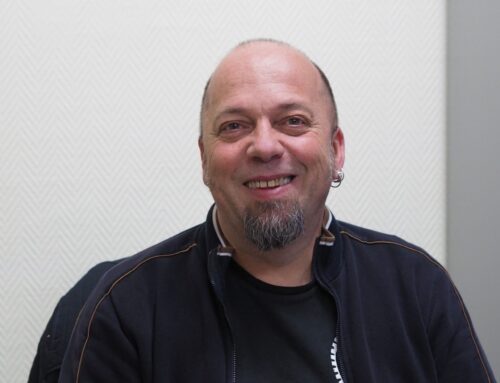
Leave A Comment
You must be logged in to post a comment.